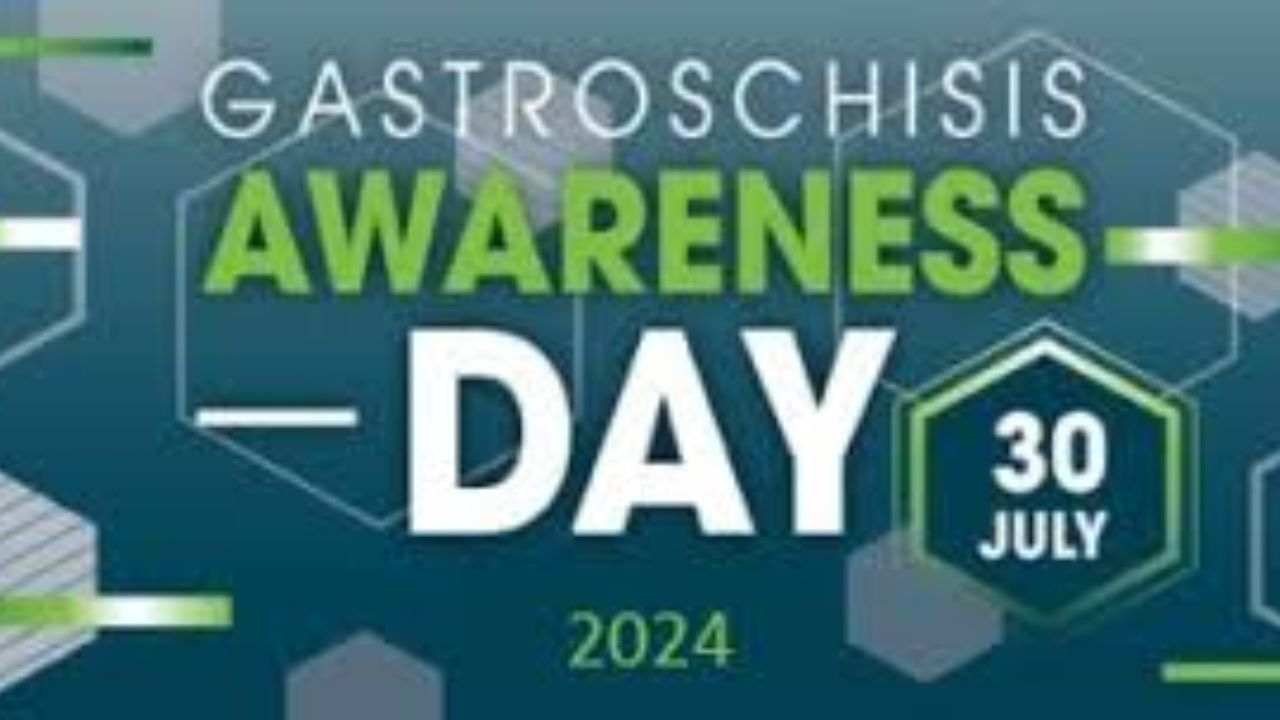Gastroshiza is a rare yet serious congenital defect that affects newborns, presenting as an opening in the abdominal wall through which the intestines and sometimes other organs protrude. This condition requires immediate medical attention after birth and is typically managed through surgical intervention. In this article, we’ll cover everything you need to know about gastroshiza including its causes, how it’s diagnosed, treatment options, and future outcomes for affected infants.
What is Gastroshiza?
Gastroshiza is a developmental birth defect where an infant is born with intestines – and in some cases, other abdominal organs – located outside of the body due to a hole in the abdominal wall. This opening usually occurs to the right of the umbilical cord.
Unlike similar conditions, gastroshiza lacks a protective sac around the exposed organs, increasing the risk of damage, dehydration, and infection. The severity can vary, and while many cases are isolated, some may require multiple surgeries and extended care.
What Causes Gastroshiza?
Though medical science has made strides in understanding congenital anomalies, the exact cause of gastroshiza remains uncertain. However, researchers believe the condition is associated with a disruption in the blood supply to the abdominal wall during early pregnancy.
Potential Risk Factors:
-
Maternal age under 20 – Young mothers have a statistically higher risk.
-
Smoking or drug use during pregnancy – Exposure to harmful substances can interfere with fetal development.
-
Nutritional deficiencies – Inadequate maternal nutrition may contribute.
-
Environmental exposure – Pesticides and industrial chemicals have been investigated as potential risk enhancers.
It is worth noting that gastroshiza is generally not inherited, and genetic testing often shows no abnormalities.
Diagnosing Gastroshiza Before Birth
Thanks to improvements in prenatal imaging, gastroshiza can usually be identified during routine ultrasounds as early as the second trimester. A common sign is the presence of free-floating intestines outside the fetus’s abdomen.
In addition to imaging, high levels of alpha-fetoprotein (AFP) in maternal blood tests may signal an abdominal wall defect, prompting further examination.
Why Early Detection Matters:
-
Allows planning for a hospital birth with surgical support.
-
Prevents complications through coordinated perinatal care.
-
Enables parents to prepare emotionally and financially.
Birth and Immediate Management of Gastroshiza
Newborns diagnosed with gastroshiza are typically delivered in tertiary hospitals equipped with neonatal surgical teams. While vaginal delivery is possible in some cases, a C-section may be chosen depending on the extent of the condition and position of the organs.
Once the baby is born:
-
The exposed organs are carefully covered with sterile material.
-
Immediate steps are taken to stabilize the newborn.
-
Surgery is performed soon after birth sometimes within hours.
Surgical Treatment Options
Surgical correction is the only effective treatment for gastroshiza. The primary goal is to place the organs back inside the abdomen and close the abdominal wall.
Types of Surgical Procedures:
-
Primary Closure: If the organs can be safely repositioned, the surgeon will close the opening in one operation.
-
Staged Repair (Silo Technique): When swelling or limited abdominal space prevents immediate closure, the organs are gradually returned to the abdomen using a special pouch called a silo, followed by final closure days later.
Recovery and Post-Surgical Care
After surgery, the infant is transferred to the Neonatal Intensive Care Unit (NICU) for recovery. Common steps include:
-
Total parenteral nutrition (TPN) until normal digestion begins.
-
Ventilatory support, if necessary.
-
Antibiotics to prevent infections.
-
Pain relief and close monitoring.
Hospital stays can vary from a few weeks to over a month, depending on complications such as intestinal atresia, necrosis, or infections.
Long-Term Prognosis
Most infants with gastroshiza recover well and live healthy lives, especially when treated promptly and effectively. However, some may experience:
-
Slower weight gain in early months.
-
Feeding difficulties.
-
Risk of small bowel syndrome if parts of the intestine were removed.
Regular follow-up care is essential during infancy and early childhood to monitor growth, digestion, and development.
How is Gastroshiza Different from Omphalocele?
Gastroshiza is often confused with omphalocele, another abdominal defect. Here’s how they differ:
| Feature | Gastroshiza | Omphalocele |
|---|---|---|
| Sac Covering | No protective membrane | Organs are enclosed in a sac |
| Location | Right of belly button | Centered at the navel |
| Associated Anomalies | Rare | Frequently associated with other disorders |
| Genetic Link | Uncommon | Often tied to genetic syndromes |
Recognizing these distinctions is vital for diagnosis and treatment.
Living With a Child Who Had Gastroshiza
Parenting a child who has undergone surgery for gastroshiza may seem overwhelming at first, but with proper care, children often catch up to their peers developmentally.
Tips for parents:
-
Stick to the pediatrician’s follow-up schedule.
-
Monitor feeding and bowel habits closely.
-
Look for signs of infection or hernia at the surgical site.
-
Join support groups or seek counseling if needed.
Advances in Medical Research on Gastroshiza
Research continues to uncover more about the underlying causes of gastroshiza. Some promising developments include:
-
Tissue expansion methods to improve abdominal wall closure.
-
Stem cell therapy for regenerating damaged intestines.
-
Less invasive surgical techniques for quicker recovery.
Better prenatal care and earlier diagnosis have already improved survival rates significantly over the past two decades.
Conclusion
Gastroshiza, though rare, is a manageable congenital condition when diagnosed early and treated properly. From advanced prenatal detection to surgical expertise and neonatal care, medical progress has made it possible for most affected infants to thrive.
Parents should feel reassured that with the right care plan and support system, children born with gastroshiza can lead full, healthy lives.

